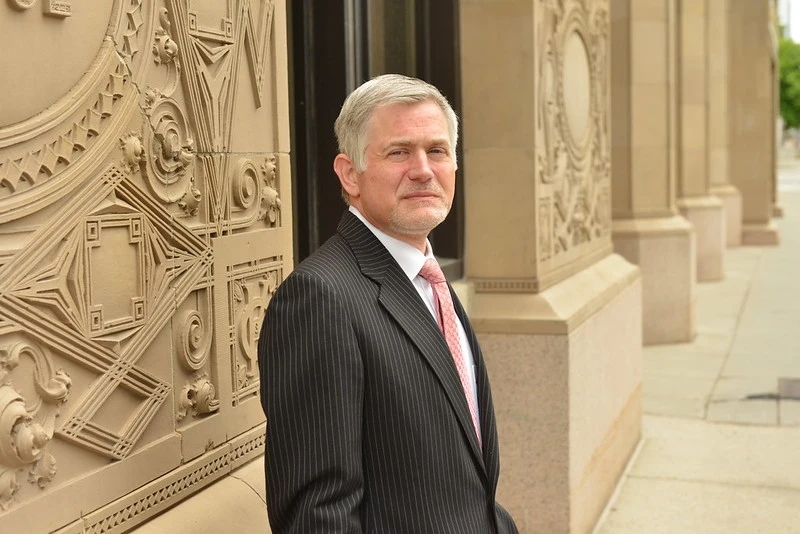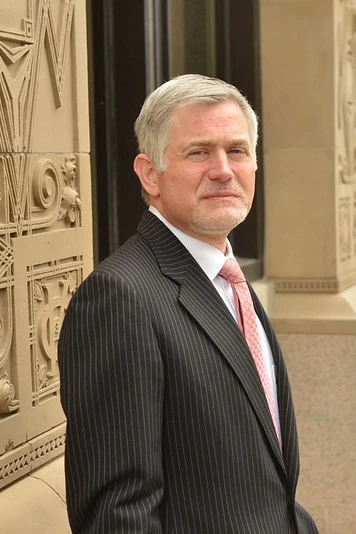Minnesota launched a multi-agency and public-non-profit partnership Task Force to combat human trafficking. Human trafficking is a pervasive crime that continues to rise every year. Unfortunately, human trafficking is perpetrated by sophisticated, multi-state organizations that overwhelm local law enforcement. In response, the Task Force is charged with educating the public and assisting law enforcement in investigating human trafficking crimes.
Table of Contents
Human Trafficking: The New Slavery
Human trafficking is rekindling the world’s relationship with slavery. Slavery is commonly associated with history, a war was fought to end it, and now slavery is a part of history’s wastebasket. Human trafficking is a broad term that covers to general areas: forced labor and sex slavery. Human trafficking involves the forcible removal and indentured servitude of a person through threats, coercion, violence and often involves bonding people with unsustainable debts or obligations. The result is that victims can spend “years” working off a debt that they will never repay.
Human trafficking touches every aspect of daily life in the United States. Victims are smuggled across the border to be indentured maids, farmers, and sex slaves. Runaways are lured away from their families and entrapped in a world of prostitution. In fact, the State Department even identified 138 goods that it linked to forced labor in the originating countries. A famous example was unearthed by the Associated Press which found that a substantial amount of the shrimp imported to the United States was the product of forced labor.
Human Trafficking by the Numbers
According to the International Labor Organization (“ILO”), human trafficking organizations are bringing slavery back – to the tune of $150 billion a year. Moreover, the ILO estimates that there are 20.9 million trafficking victims (i.e. slaves) in the world, 68 percent are in forced labor, 26 percent are children, and 55 percent are women and girls.
To date, there are very few reliable studies estimating the number of victims in the U.S. However, it is undoubtedly in the tens or even hundreds of thousands (including forced labor and sex slavery). There are victims of trafficking in every state and major city, many of whom are runaway children. A study from the National Center for Missing and Exploited Children estimates that one of out of six runaways is likely sex trafficking victims.
International, National, Statewide, and Local Gangs
Human trafficking is a complex problem that overwhelms many local law enforcement agencies. Sophisticated international gangs like MS13 and the Mexican Cartels import slaves into the United States to farm, engage in prostitution, serve as maids, and many other jobs. Moreover, many international cartels partner with local gangs in the various cities to distribute the slaves.
Furthermore, international human trafficking is a small part of the total number of victims in the United States. Most trafficking victims are U.S. citizens who grew up in American cities. Many gangs, feeling pressure from the crackdown on drugs, moved away from the high-risk drug trade and into prostitution. Gangs all across the United States, including Minnesota, now actively pimp out girls on corners, in hotel rooms, on the Internet, and outside of major sporting events.
For gangs, the switch is an easy calculus. A gang member can only sell a drug once, but he can sell a girl over and over again. Furthermore, the police are ill-equipped to identify victims of human trafficking and often prosecute the girls for solicitation and prostitution charges.
Law Enforcement: Part of the Problem
Part of the problem, which the Minnesota Task Force tackles, is educating law enforcement on how to identify victims and combat these sophisticated operations. Too often law enforcement is unable to grasp the complex nature of human trafficking. Most communities find the idea that there are modern-day slaves down the street from their work uncomfortable and would rather bury their head than confront the problem.
The major gap was also with law enforcement. Solicitation and prostitution are crimes however many police officers cannot tell the difference between a trafficking victim and a prostitute. The result is that many victims are unable to seek shelter with the police because they are far more likely to arrest and charge them than offer assistance and protection. The criminalization of these victims encourages them to seek shelter with their pimp, rather than with the police.
A significant gap is the failure of law enforcement agencies to identify victims and decline to prosecute under “safe harbor” laws. Most states have safe harbor laws which allow victims to come forward without fear of prosecution.
Luckily, Minnesota identified these issues and began funding the Task Force. The Task Force connects government agencies and non-profits to generate coordinated responses from investigation of trafficking, community education, prosecution, and resources for victims. The Task Force now coordinates over 500 entities and organizations. The Task Force also identifies endemic problems and proposes policies and legislation to address these gaps.





